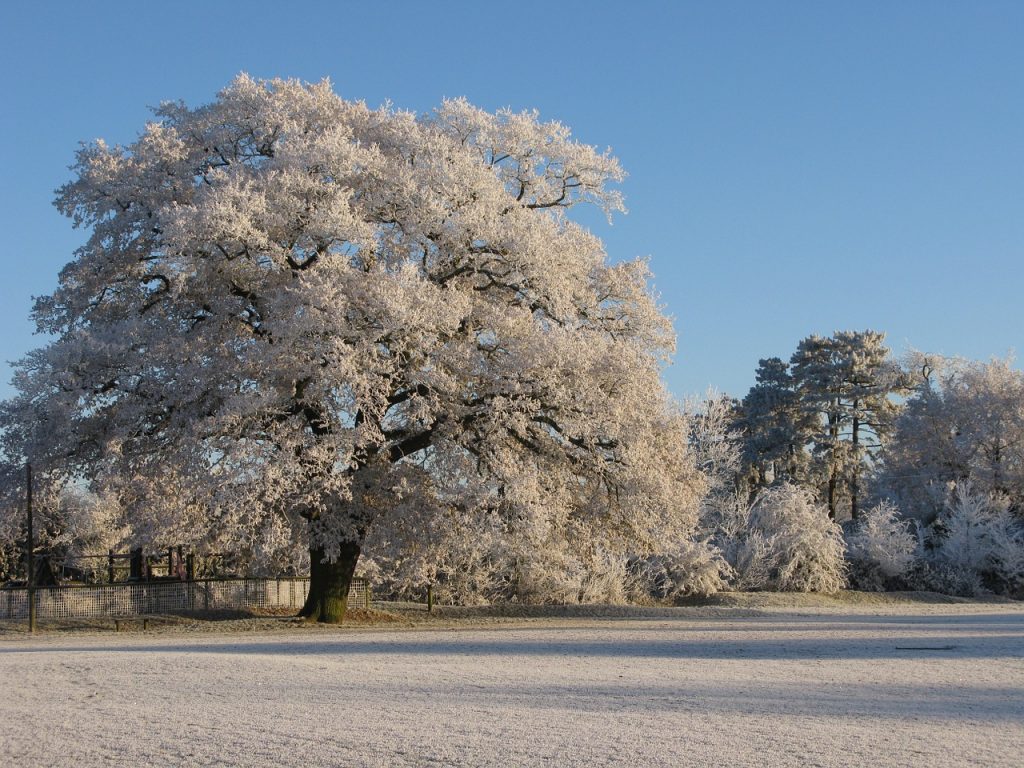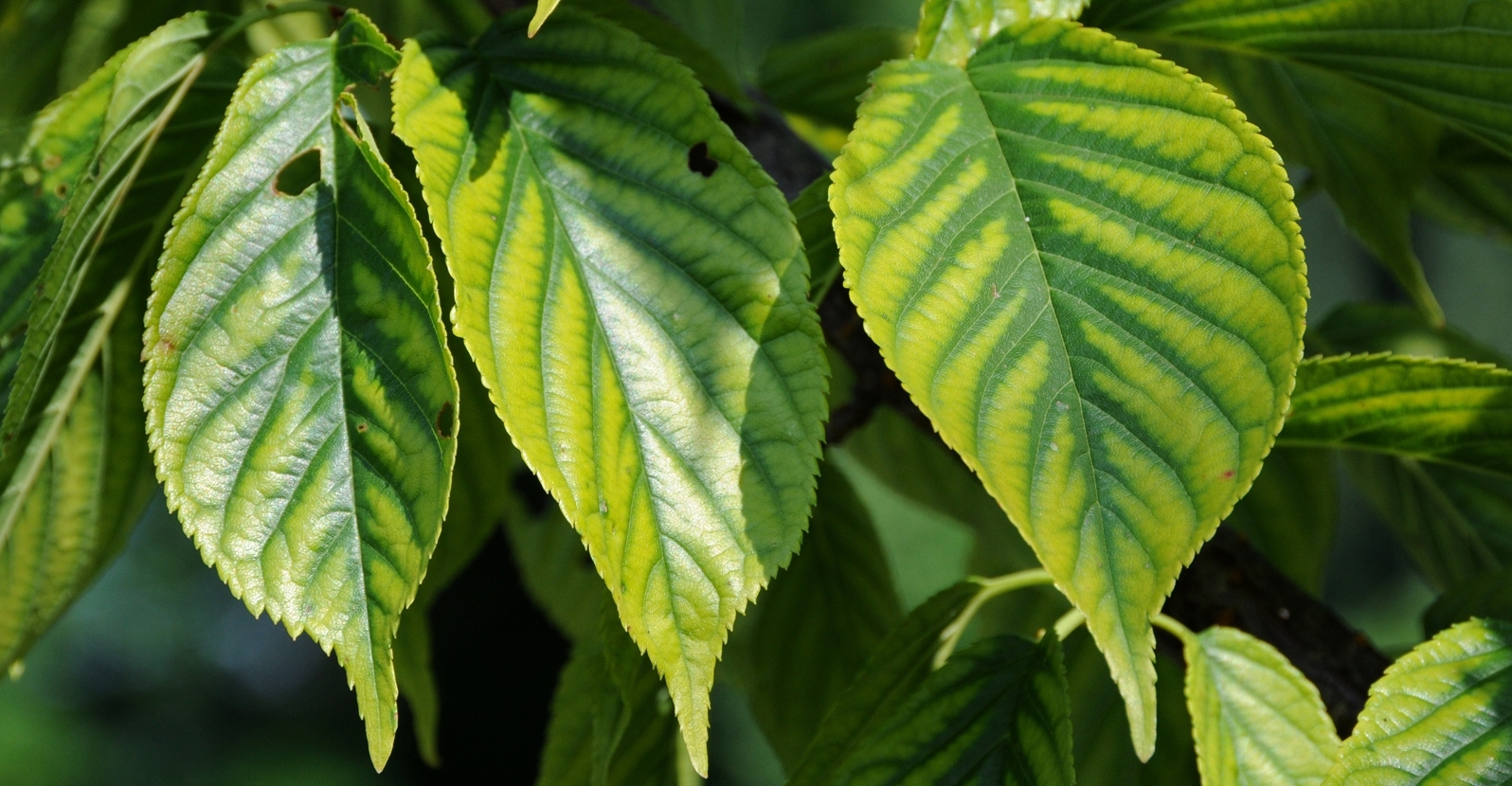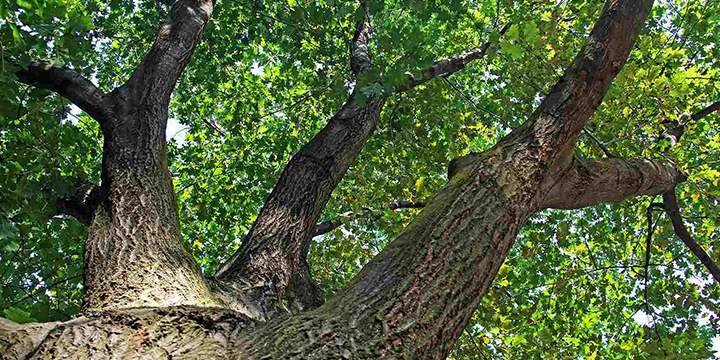
Date November 04, 2021
Category
Texas is known for its extremely long and hot summers, but if Winter Storm Uri taught us anything, it’s that we residents can still be hit hard by the bitter cold. Luckily, a long summer gives North Texas residents extra lead time to prepare before the temperature drops. We ISA-certified tree care specialists at TreeNewal have got some tips for maximizing your winter tree care this season to help your greenery survive and thrive into the new year!
・Start Early
While it may still be warm enough to technically call this patio weather here in North Texas for a bit longer, it’s far from too soon to begin assessing your needs and formulate a game plan for your upcoming winter season tree care. Trees will slow their developmental activity into a fully dormant state as Texas gets colder and days grow shorter, and temperature drops can start happening any day now!
・Water
Keep watering until the temperatures are routinely cold (below about 40º Fahrenheit). This will help your trees retain the health of their roots. Established trees may have expansive enough root systems to largely self-sustain through moisture in the surrounding soil, so occasional watering (once or twice a month or so) should be enough for them.
・A good rule of thumb for how far in diameter to water is that a tree’s roots are approximately as wide as the tree is tall, sometimes even wider.
・Remember that hydrated soil will typically be inherently warmer than dry soil, so very beneficial for keeping those roots cozy. Roots need 32-41º Fahrenheit to thrive in winter but can still survive well into the 20s.
Pay particular attention to caring for any newer tree growth. If your trees are in a windy location, more watering will be needed. It’s perfectly normal to continue watering into December or even deeper into the season if the climate calls for it!
・Cover
Cover the trunks of your trees with protective, UV-treated blankets to prevent both sun scalding and frost cracking. These wraps can be bought in a multitude of natural shades to blend right in. The layers of blankets will help the trees retain heat and slow the rate of change, thus preventing unsightly irreparable damage,
・Sun scald is permanent damage done to exposed tree bark by sudden freezing temperatures after high winter daytime heat. The thin bark of younger trees is most at risk of injury, visible as sunken, dried, and cracked peeling bark. Sunscald is also called ‘southwest injury’ due to damage commonly occurring from south and southwest sunlight exposure.
・Frost cracking is caused by those same wild temperature swings leading to tree trunks expanding faster than from which they can recover. These cracks run vertically and can also exacerbate any existing sun-scald. If a crack does not exceed 25% of the tree’s circumference, the tree stands a chance to recover gradually. In this case, older trees are the most vulnerable.
・Discourage Invasive Wildlife
Furry critters and insects such as rats and southern pine beetles will be looking for places to burrow and extra sources of nutrients in the colder months, which may attract them to your trees’ roots and bark. While covering your tree trunks will also help, reinforce that prevention by encircling the base with ¼-inch wire mesh buried just a few inches into the ground. That should be deep enough to keep the base from being disturbed by wildlife burrowing and the bark from being eaten away. Again, ensure the mesh is not too closely wound around the trunk. Keeping pet food sealed and indoors will also prevent it from being a beacon for said invasive species to find your trees.
・Brace and Prune
Large trees may require bracing their branches to prevent any breakage should a frost strike. If you have any branches particularly at risk of causing damage to your house or vehicles in your driveway should they fall due to weakening from a frost, plan some time to prune them back once the tree has reached its fully dormant state for winter. Don’t forget the easiest option to save some time with your Texas tree care is to give TreeNewal a call!
・Mulch
Not only does tree bark expand with freezing and thawing, so can the soil itself, which puts tree roots and saplings at risk. Adding 2 to 3 inches of mulch around a tree’s base can act as insulations and slow its moisture loss. Be careful to leave a little room between the base and the ring of mulch so as not to inhibit the dormant trunk’s access to oxygen. It’s best to do this step of winter tree protection in late fall to early winter.
・Fertilize
Stock up on granular fertilizer in the fall to encourage fresh growth to replace any life harmed by freezes that come to the end of winter. (Note: though not a common tree in Texas, keep in mind that Evergreens should NOT be fertilized if you’ve got one.) Even trees that have dropped all their leaves can still be fertilized until the ground has frozen. Soil conditioner is also an excellent add-on for further protection.
So with just a little forethought to
・Water the roots
・Cover the trunk
・Discourage invasive wildlife
・Brace/Prune the branches, and
・Mulch and Fertilize the soil
you’ll be giving your trees their best chances for another happy and healthy spring sprouting in 2022!
If you need assistance with professional care for trees in winter, don’t hesitate to drop a line to the ISA-certified arborists at TreeNewal and get tailored tree care advice.
To learn more about Preventative Care on Trees For the Winter Season, call our Argyle and Southlake-based teams
at tel:(817) 592-6846 or send us a message.
We’re a little different than the average tree services company.
Learn more about TreeNewal’s ISA Certified Arborists!
Our Dallas/Fort Worth-based tree doctors can explain how sustainable tree care services add more value to your bottom line.
Healthy trees, healthy lives.








